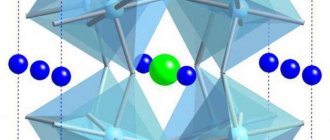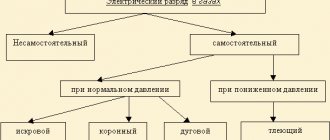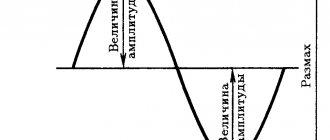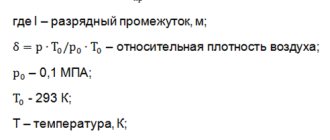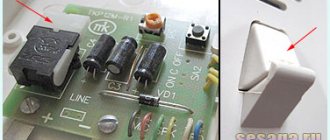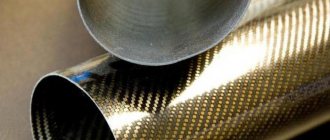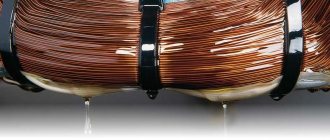Laboratory work No. 2
Liquid dielectrics
Completed Art. groups: EPb-151
Emelyanov Sergey Vladimirovich
Malakhova Tatyana Fedorovna
Purpose of work: Familiarization with liquid dielectrics and their application.
Liquid dielectrics
Dielectric is a substance (material) that conducts electric current relatively poorly. Liquid dielectrics are molecular liquids whose electrical resistivity exceeds 10 10 Ohm cm. Liquid dielectrics are electrical insulating liquids used in high-voltage electrical devices, as well as in electronic equipment units.
General characteristics of liquid dielectrics.
Liquid dielectrics are saturated aromatic, chlorinated and fluorinated hydrocarbons, unsaturated paraffin and vaseline oils, organosilicon compounds (polyorganosiloxanes), liquefied gases, distilled water, melts of some chalcogenides, etc. Liquid dielectrics are characterized by covalent bonding of electrons in molecules, and vans act between molecules -der-Waals forces.
The conductivity of liquids is determined by the ionization of molecules and the presence of impurities in the liquid. The main impurities that reduce electrical strength are microparticles, microbubbles and water. Purification of dielectric liquids (by distillation, partial crystallization, adsorption, ion exchange) leads to a decrease in electrical conductivity and dielectric losses and an increase in electrical strength. Electrical strength is largely a technological characteristic of the liquid dielectric and electrodes, methods of preparation and operation of the insulating gap. It is affected not only by those impurities that determine electrical conductivity, but also by the shape and material of the electrodes, pulse duration, and the presence of bubbles.
The most common liquid dielectrics used as electrical insulating materials are:
petroleum oils - transformer, capacitor and cable;
synthetic liquid dielectrics - polychlorinated biphenyl (Sovol, Sovtol), organosilicon and organofluorine;
Vegetable technical oils (castor, linseed, hemp and tung) are used to a limited extent in electrical insulating technology.
Properties of the most commonly used liquid dielectrics
Vegetable oils
Vegetable oils include castor, tung, linseed, and hemp. Vegetable oils are weakly polar dielectrics. Castor oil has high heat resistance and is used as a plasticizer and for impregnating paper capacitors. Tung, linseed, and hemp oils are “drying” oils. Drying is not caused by evaporation of the liquid, but by a chemical process based on oxidative polymerization. They are used as film-forming agents in varnishes (including electrical insulating ones), enamels and paints.
Castor oil is obtained from castor bean seeds; sometimes used to impregnate paper capacitors. The density of castor oil is 0.95-0.97 mg/m3, the pour point is from minus 10 to minus 180 ° C; dielectric constant Ɛ is 4.0 – 4.5 at a temperature of 200 °C; Epr=15-20 Mv/m. Castor oil does not dissolve in gasoline, but does dissolve in ethyl alcohol.
Flaxseed oil is golden yellow in color and is obtained from flax seeds. Its density is 0.93-0.94 Mg/m3, pour point is about -200 °C.
Tung (wood) oil is obtained from the seeds of the tung tree, which is grown in the Far East and the Caucasus. Tung oil is not edible and is even toxic. The density of tung oil is 94 mg/m 3, the pour point is from 0 to minus 50 ° C. Compared to linseed oil, tung oil dries faster. Even in a thick layer, it dries more evenly and gives a waterproof film than linen.
